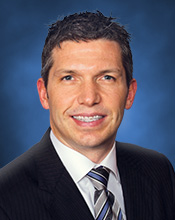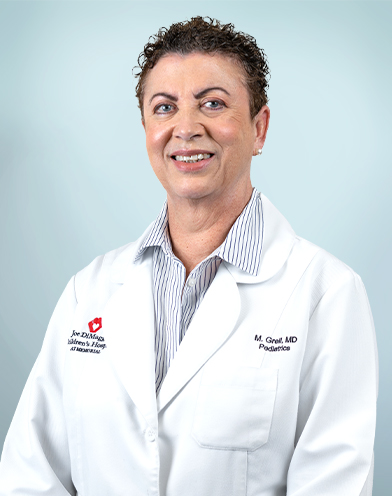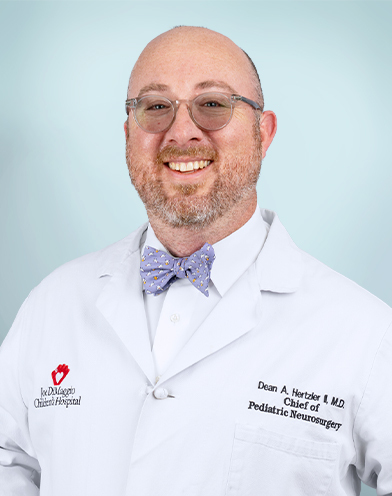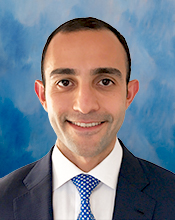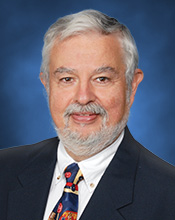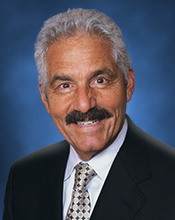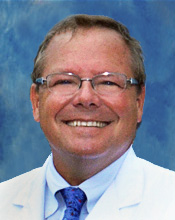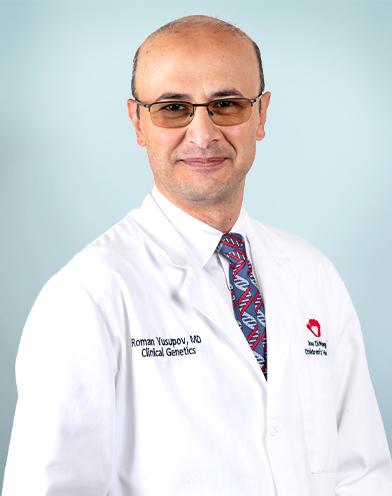Cleft Lip and Cleft Palate Care
Our skilled team offers comprehensive care for children with cleft lip and cleft palate, from diagnosis to treatment to long-term follow-up.
When your child has a cleft or craniofacial condition, you want an experienced team who can make an accurate diagnosis, develop an effective treatment plan and provide ongoing, long-term support for your family. The Cleft and Craniofacial team at Joe DiMaggio Children’s Hospital treats a full range of conditions that can affect your child’s head and neck. Our team focuses on providing family-centered care that puts you and your child at the center of the treatment plan.
Call to make an appointment with a cleft and craniofacial specialist:
954-276-1550Cleft Lip and Cleft Palate
A child born with a cleft lip has an opening or split in their upper lip. A child born with a cleft palate has an opening or split in the roof of their mouth.
Children born with cleft lip and/or cleft palate may receive nasal alveolar molding (NAM), followed by cleft lip and/or cleft palate surgery. Learn more about cleft lip repair and cleft palate repair.
Types of Cleft Lip and Cleft Palate
Cleft lip and palate can vary widely—from a small nick in the lip to a very extensive split in the mouth. Types include:
- Unilateral: This type affects only one side of the mouth.
- Bilateral: This type affects both sides of the mouth.
- Cleft Palate only: This type affects only the roof of the mouth (palate), which is more likely to impact dental and nasal development
- Cleft Lip Only: This type forms a gap or split in the upper lip.
- Cleft Lip and Cleft Palate: Both conditions can affect the roof of the mouth and upper lip.
Cleft Lip and Cleft Palate Conditions
Conditions related to cleft lip and cleft palate include:
When a baby is born with a cleft lip or cleft palate, these conditions can also affect the appearance of their nose. Their nostril, nasal tip or septum (the skin that runs between the nostrils) may look uneven.
After a child undergoes surgery for their cleft palate, a fistula (opening) can develop in the roof of their mouth. Food or drink can leak from the mouth into the nose when this occurs. A fistula can also affect the child’s speech.
This rare congenital (present at birth) syndrome causes a baby to have an underdeveloped jaw, tongue too low in the throat, a U-shaped cleft palate or obstruction (blockage) of the upper airway, which may affect your child's breathing. [Watch Sophia's story]
This group of hereditary (passed down in families) connective tissue disorders causes somewhat flattened facial features, eye problems, cleft palate, hearing loss or joint problems.
This condition occurs when muscles in the soft palate do not close while the baby is developing in the womb.
With this condition, a child is born with multiple severe facial gaps or splits in more areas of the face than just the lip and palate; clefts may include the mouth, eyes, cheeks, forehead or ears.
This genetic disorder (caused by genes) leads to malformations in the head and face, which can cause breathing and feeding problems.
This condition affects the development of the face, often causing cleft lip or cleft palate, missing teeth, or small, unusual mounds of tissue on the lower lip.
This genetic condition causes developmental problems and may cause a cleft palate or other palate problems, facial differences, heart issues, problems with their immune system, low calcium levels, kidney problems, or speech and feeding difficulties.
Velopharyngeal Dysfunction (VPD) and Velopharyngeal Insufficiency (VPI)
Velopharyngeal dysfunction (VPD) is a condition where the muscles inside of your child’s mouth don't work properly. When children with this condition speak, air escapes through the nose and they can be very difficult to understand. This development causes speech difficulties and communication challenges. When your child learns to speak in a way that causes VPD, it is called functional VPD.
When the structure of the mouth causes your child’s VPD, this is called velopharyngeal insufficiency (VPI). VPI causes air to escape through the nose instead of the mouth during speech, typically resulting in hypernasality (a nasal tone of voice).
The experts in our Velopharyngeal Dysfunction Clinic can help diagnose and treat your child’s functional VPD or VPI.
Treatment of Velopharyngeal Insufficiency (VPI)
We offer the following treatments for children with VPI:
The VPI opening is narrowed or closed to allow air to escape through the mouth when they speak. A piece of tissue is taken from the back of your child’s throat and attached to the roof of their mouth (palate) to improve speech characteristics.
A filler material is injected into the VPI opening to prevent air from escaping through the nose. The filler may be the child’s own fat or collagen (a protein naturally occurring in the body’s bones, muscles and blood). The procedure closes the VPI gap and corrects speech and communication difficulties.
Some children with VPD may be recommended for speech therapy.
Contact our speech therapist, Kristen Deluca, MS, CCC-SLP, at 954-276-1552 to schedule an in person or telehealth appointment.
This program provides specialized speech therapy for VPD patients on a weekly basis. Our speech team can also work with your local speech therapy provider if your child needs added support to improve their speech.
Flaps of tissue are raised from behind each tonsil and attached to the back of the throat. Doing so narrows or closes the opening that allows air to escape through their mouth, improving speech characteristics.
Call to make an appointment with a cleft and craniofacial specialist:
954-276-1550It matters to you. It matters to us.
Joe DiMaggio Children's Hospital Quality and Safety
See our hospital's patient satisfaction numbers, number of patients and more.
View Quality and SafetyYou have a Right to Know About Prices
We want to give you the information you need to make important healthcare decisions, including the costs of our services.
View PricingMyChart Portal
View test results, schedule follow-up appointments, request prescription refills and more.
Login or Sign-up to MyChart




